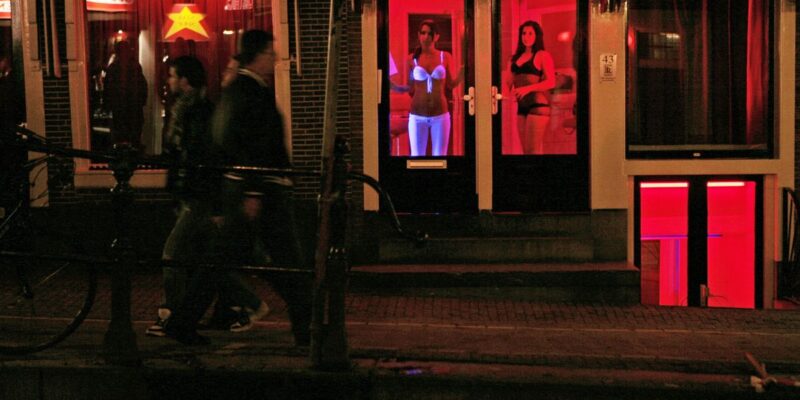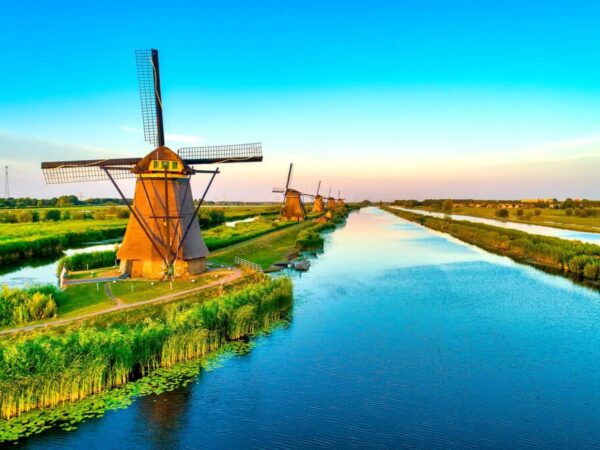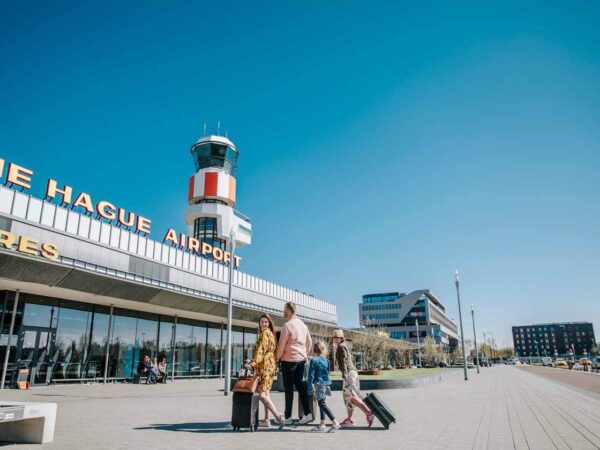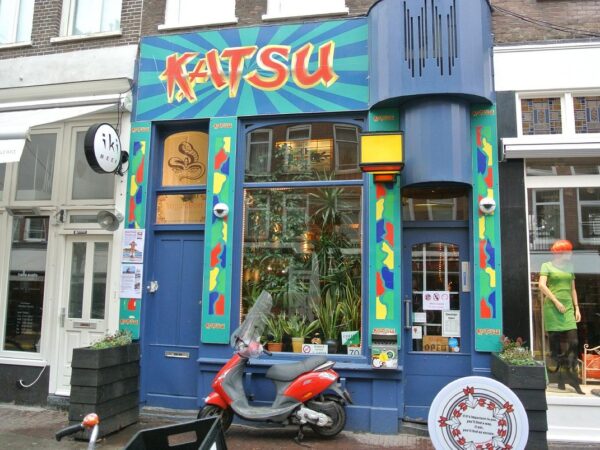Amsterdam Red Light District Windows: The Amsterdam Red Light District is a one-of-a-kind cultural experience that draws millions of visitors each year. Famous for its distinctive windows, where sex workers showcase their services, this area offers a unique glimpse into the complexities of sex work, empowerment, and social norms in Dutch society. If you’re planning your first visit, here are ten must-know facts that will help you navigate the district and gain a deeper understanding of its significance.
Amsterdam Red Light District Windows: A Rich Historical Background
The Red Light District, known as “De Wallen,” has a long and storied history that dates back to the 14th century. Originally, the area was home to merchants and traders, with the first recorded instance of sex work occurring in the 16th century. Over the years, as Amsterdam grew and developed, the Red Light District became synonymous with legalized sex work. In 2000, the Netherlands officially legalized sex work, allowing sex workers to operate under a legal framework, offering them rights and protections that were previously unavailable.
Amsterdam Red Light District Windows: Understanding the Windows
One of the most iconic features of the Red Light District is the windows, where sex workers stand behind glass, often illuminated in vibrant colors. These windows serve as both advertising and workspaces, allowing workers to promote their services openly. This transparency not only empowers sex workers by giving them control over their work environment but also creates a unique atmosphere that distinguishes the district from other forms of sex work worldwide. Visitors should be aware that taking photos of the workers is strictly prohibited; this is both a matter of respect and a means to protect the privacy of the individuals involved.
Empowerment and Autonomy
The legalization of sex work in the Netherlands was primarily driven by a desire to empower sex workers and improve their working conditions. Unlike in many countries, where sex work is criminalized, the Dutch model allows workers to operate independently, free from the control of pimps or traffickers. This legal framework has created a safer environment for sex workers, giving them the autonomy to make choices about their bodies and careers. For first-time visitors, it’s essential to recognize this empowerment aspect when observing the windows and interacting with the workers.
Cultural Acceptance
In Dutch culture, sex work is generally accepted as a legitimate profession. This acceptance is reflected in the legal framework surrounding the industry, which aims to destigmatize sex work and promote a more respectful dialogue about the profession. First-time visitors should approach the Red Light District with an open mind and respect for the workers’ choices. Understanding the cultural context will help dispel any preconceived notions and allow for a more enriching experience.
Safety Measures for Workers
Since the legalization of sex work, the Dutch government has implemented various safety measures to protect sex workers. Mandatory health checks, access to social services, and the ability to work independently have contributed to a safer working environment. Additionally, community organizations exist to support sex workers, providing resources such as legal assistance, counseling, and health services. For visitors, this means that the workers you encounter are operating within a regulated system designed to ensure their safety and well-being.
Respectful Behavior Is Key
When visiting the Red Light District, respectful behavior is crucial. The area attracts a diverse crowd, including tourists, locals, and sex workers, all coexisting in a relatively small space. Visitors should refrain from taking photos of the workers, as this is considered disrespectful. Instead, enjoy the atmosphere, observe the windows, and appreciate the unique culture that surrounds you. Engaging in respectful conversations with workers, when appropriate, can also enhance your experience and provide valuable insights into their lives.
Amsterdam Red Light District Windows: A Hub for Tourism
The Red Light District has become a significant tourist attraction in Amsterdam, drawing visitors from around the world. While many come to observe the famous windows, others explore the area’s historical landmarks, bars, and cafés. The district is home to the Oude Kerk (Old Church), the city’s oldest building, which adds a historical layer to the experience. First-time visitors should consider exploring beyond the windows to fully appreciate the district’s rich culture and history.
Impact of Technology
In recent years, technology has transformed the landscape of the sex work industry in Amsterdam. Many sex workers now use online platforms to market their services, allowing them to connect with clients more efficiently. This digital shift not only enhances their safety by enabling them to screen potential clients but also expands their reach beyond the physical limitations of the windows. First-time visitors should recognize the evolving nature of the industry and consider how technology plays a role in the modern sex work landscape.
Community Support Networks
Within the Red Light District, various organizations work tirelessly to support sex workers and advocate for their rights. Groups like the “Stichting Tinne” and “De Rode Draad” provide essential resources, counseling, and legal assistance, emphasizing the importance of worker rights and well-being. These organizations also play a crucial role in combating trafficking and exploitation within the industry. For visitors, learning about these support networks can provide valuable context and showcase the efforts made to ensure the safety and dignity of sex workers.
Future Challenges and Opportunities
As societal attitudes toward sex work continue to evolve, the future of the Amsterdam Red Light District faces both challenges and opportunities. Discussions around regulation, worker rights, and community safety are ongoing, and the city must find a balance between tourism and the rights of sex workers. The future may involve further advocacy for workers’ rights, enhanced safety measures, and a commitment to destigmatizing the profession. First-time visitors should stay informed about these developments to better understand the complexities of the district and the lives of those who work within it.
Conclusion
The Amsterdam Red Light District Windows offer a unique glimpse into a culture that challenges traditional views on sex work. By understanding the historical context, cultural significance, and the empowerment of sex workers, first-time visitors can appreciate the complexities of this vibrant area. Approaching the district with respect and an open mind will foster a more enriching experience, allowing you to engage with the culture and history of Amsterdam in a meaningful way.
FAQs
1. Is sex work legal in Amsterdam?
Yes, sex work is legal and regulated in the Netherlands, allowing sex workers to operate safely and independently.
2. Can I take photos in the Red Light District?
No, taking photos of the sex workers is strictly prohibited as it violates their privacy and is considered disrespectful.
3. What should I expect when visiting the Red Light District?
Visitors can expect a vibrant atmosphere with illuminated windows, bars, cafés, and historical landmarks. Respectful behavior is key.
4. Are there support organizations for sex workers in Amsterdam?
Yes, various organizations provide resources, counseling, and legal assistance to support sex workers in the Red Light District.
5. How has technology impacted sex work in Amsterdam?
Technology has allowed sex workers to market their services online, enhancing safety and expanding their reach beyond the physical windows.
Also read: Famous Dutch Artists: 10 Revolutionary Creators You Absolutely Must Know About












